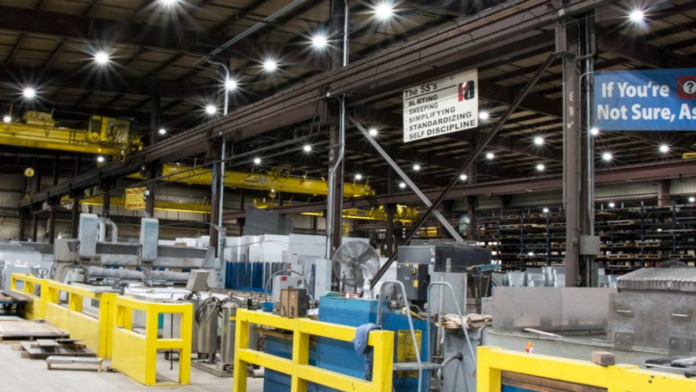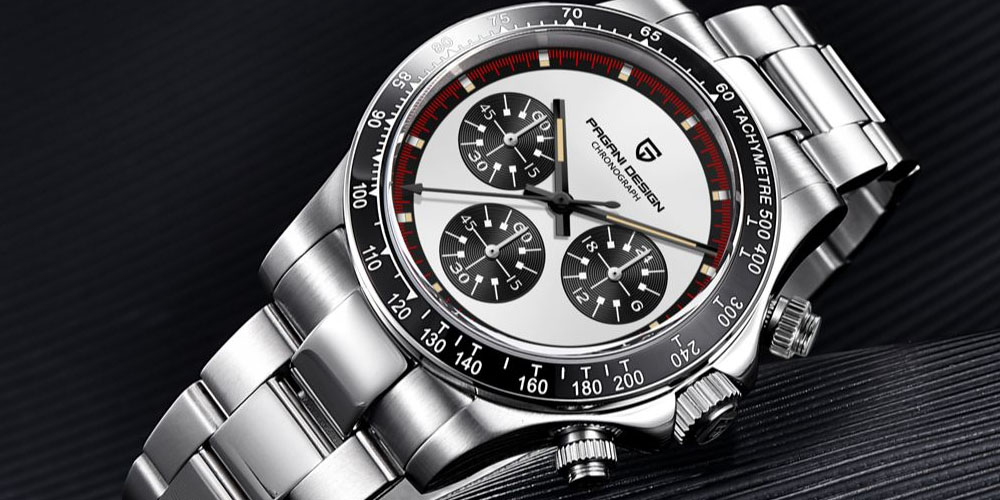LED high bay lights are a kind of lighting fixture intended to provide light in medium-sized and larger interior spaces with ceiling heights between 10 and more feet. Their low energy usage, extended longevity, and high lumen output define them. Due to their superior energy efficiency, LED high bay lights use less energy than conventional lighting fixtures to produce an equivalent or greater amount of light.
Light-emitting diodes (LEDs), which are installed on a heat sink to disperse heat and extend the LED’s lifespan, are used as the light source in LED high bay lights. LED high bay lights can be used in almost any size sports facility, from a modest home gym to a big sports complex with broadcast events and anything in between, using various wattages and optics. To learn more about LED high bay lights, you have to go through this article.
Important Features of LED High Bay Lights
There are several characteristics available for LED high bay lights for gyms and sports venues, and these features can impact the lights’ longevity, performance, and adaptability for various gym conditions. While selecting LED high bay lights for your establishment, the following are some important factors to take into account:
Foot-candles Color Temperature and Lumen Output
The LED high bay lights’ lumen output establishes how effective the lighting is. LED high bay lights currently produce up to 160 LPW, or 130 lumens per watt, on average. The unit of measurement for light emission is foot-candles.
The number of foot-candles needed will differ depending on the sport and level of competition. For instance, 50 foot-candles (FC) is the state-recommended level for practice in a gymnasium, and 80 foot-candles (fc) for sporting events with spectators.
Color Temperature
In gymnasiums, a color temperature of 4000K or 5000K is appropriate because it produces a natural white light that improves focus and visibility. LPW rises with increasing Kelvin as well. The ideal temperature for televised sporting events is 5700 Kelvin.
Light Distribution and Beam Angle
The dispersion of light from LED high bay lights is determined by the beam angle. To calculate the Max/Min ratio, take the facility’s maximum light level and divide it by its minimum light level. In most indoor sports, a Max/Min Ratio of less than 2.0 is required. The beam spread of LED high bay lights regulates the dispersal of light.
You need a good number of light sources with the right beam spread for each light to prevent shadows. Specifically, the mounting height of the LED high bay lights will dictate the needed beam spread. A high-quality LED high bay light with the right optics, as specified in a lighting design, should be able to easily achieve Max/Min ratios of 1.5 or less.
CRI and Flicker-Free Lighting
When compared to natural light, the Color Rendering Index (CRI) of LED high bay lights shows how accurately colors are rendered. It is advised that gymnasiums have a CRI of 80 or above to guarantee that the colors are appropriately reflected. Gyms should also have flicker-free lighting because it helps prevent headaches and eye strain.
Mounting Options and Design
There are several mounting options for LED high bay lights, including wall, pendant, and ceiling mounting. The gym layout, ceiling height, and aesthetic preferences should all be taken into consideration when choosing the mounting option and style of the LED high bay lights.
IP and Water Resistance
LED high bay lights with an IP certification show that they are resistant to dust and water. It is advised that gymnasium lights have an IP rating of at least IP65 to guarantee that they can resist perspiration, moisture, and cleaning chemicals.
Sum Up
With so many options available, selecting the right LED high bay lights for your building can be a difficult challenge. Prior to buying, take into account your facility’s unique lighting needs, including the required foot-candles, color temperature, and Max/Min ratio. Also, take into account the day lighting or dimming control choices that are required for ease and energy savings.















